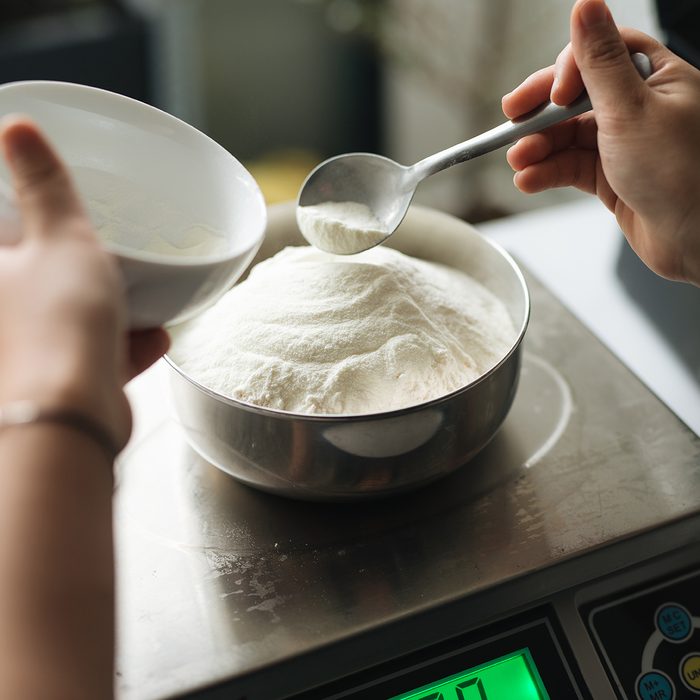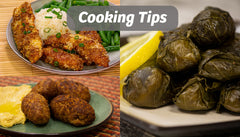
When you're preparing a salad or dish that calls for a similar-thickness strip of vegetables, you'll often use the julienne cut. You can prepare this cut by simply slicing the vegetable into thin strips and then stacking them one upon the other. Juliennes are great for leafy vegetables. The process involves rolling the leaves in a tube and cutting them into thin strips. Finally, stack them.
Brunoise
While most restaurants use julienne cuts to prepare their vegetables, the brunoise cut is a versatile alternative to julienne. This technique allows vegetables to cut into cubes measuring 3mm. This is particularly helpful for vegetables like potatoes that are often more difficult to cut than other kinds of vegetables. You can find some helpful tips here if you aren't certain about the technique.
Chiffonade
Chiffonade can be described as a French cooking technique. Thin strips of leafy vegetables, or larger herbs, are cut into thin strips to look like a sliver. The French term chiffonade, which means "in the rags", is eleganter than rags. You can make it from many green thin leaves like spinach, sorrel and radicchio.

Oblique
Chopping and slicing vegetables is a basic process that is relatively easy. How do you ensure that your vegetables cook evenly? Oblique cuts ensure that more vegetable surface area is heated. This type of cut, also known by a roll-cut, allows you to make pieces that are identical in size and shape but not uniformly. You can learn how to make an Oblique Cut in your kitchen.
Paysanne
Watch a demonstration of the Paysanne cut vegetable method and you'll be tempted to give it a try. This technique involves cutting vegetables like butter with a small stick. The end result is similar to eating tiny butter pats. A daikon radish was used as the vegetable used for the demonstration. However, if you prefer a more sophisticated cut, use a chef's knife. The blade should not be dull.
Oblique cut
The oblique cut is a great way to learn if you are a passionate cook. It is a simple technique that allows vegetables to cook for a longer time. Oblique cuts, also known as roll-cuts, are easy to master. These cuts are useful for stir-frying, roasting, and glazing because the exposed surface area creates a more appealing look and texture.

Julienne
To julienne, or cut vegetables, first peel them, then wash them. You can cut them in strips of approximately 0.3 to 1.5 cm lengthwise. Next, stack several strips together to make matchstick-like stripes. These vegetables can be used in stir-frying, and they are great for any type of dish. Any type of vegetable can be julienned, including peppers, cucumbers and potatoes.
FAQ
Do I need to attend culinary school to become a cook?
No. No. Some even went to culinary school just to gain experience. Culinary school is preferred by most chefs because they have more opportunities to grow and learn. Culinary schools offer hands-on training which allows students to improve their skills and knowledge of cooking.
Do I have to learn how to cook with my children?
Yes! Children love to help in the kitchen. It's a fun activity which teaches children responsibility and teamwork. From washing vegetables to chopping onion, children can help. Children will love helping to cook if they are taught safe knife handling techniques.
Is there a better way to learn to make delicious meals?
Cooking can be something everyone should master. Cooking is a skill that will allow you to enjoy delicious food. To learn how to cook, you must first find a recipe you like and then follow it carefully. You'll then want to practice small adjustments until you feel confident making the dish. Try cooking for others. This will improve your cooking skills as well as test your culinary abilities.
How do I become a Chef?
There are many paths to becoming a chef. You can begin by taking a course at a community college or vocational school. You can then look into going to culinary school. A paid internship is another option.
Statistics
- You'll be amazed that over 90% of CIA students receive scholarships and grants to finish their culinary studies. (ischoolconnect.com)
- In the United States, the category is estimated at $23.2 billion annually and is growing faster than the market. (washingtonpost.com)
- According to the BLS, chefs earn $58,740 a year. (learnhowtobecome.org)
External Links
How To
How to cook a steak
The type of meat you are cooking will determine the right method to use. For example, thinner steaks are best cooked over low heat, while thicker ones need higher temperatures.
It's important to not overcook the steaks as they will lose their taste. Don't forget to take the steak out of the pan once it's finished. This will ensure that you don't burn your self.
Cooking times vary depending on the size and degree of doneness desired. Here are some general guidelines.
Medium Rare: Cook until medium-rare, which is when the internal temperature reaches at least 145degF (63degC). This process takes between 3 - 5 minutes per side.
Medium: Cook till medium. This takes approximately 6 minutes per side.
Cook well until done. That means that the internal temp reaches 180degF (82degC). This can take between 8-12 minutes per side.